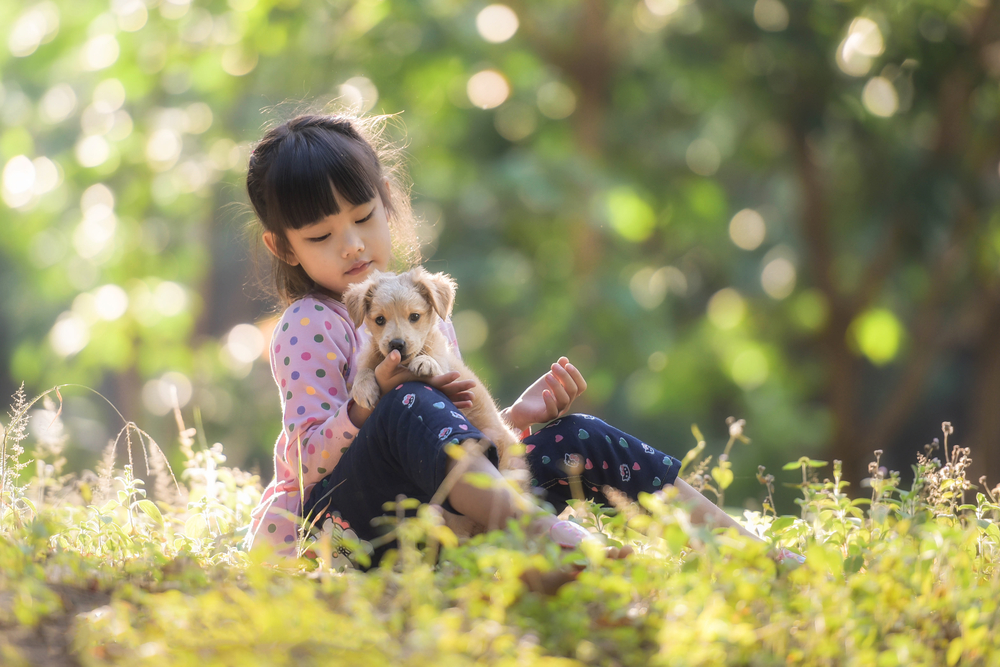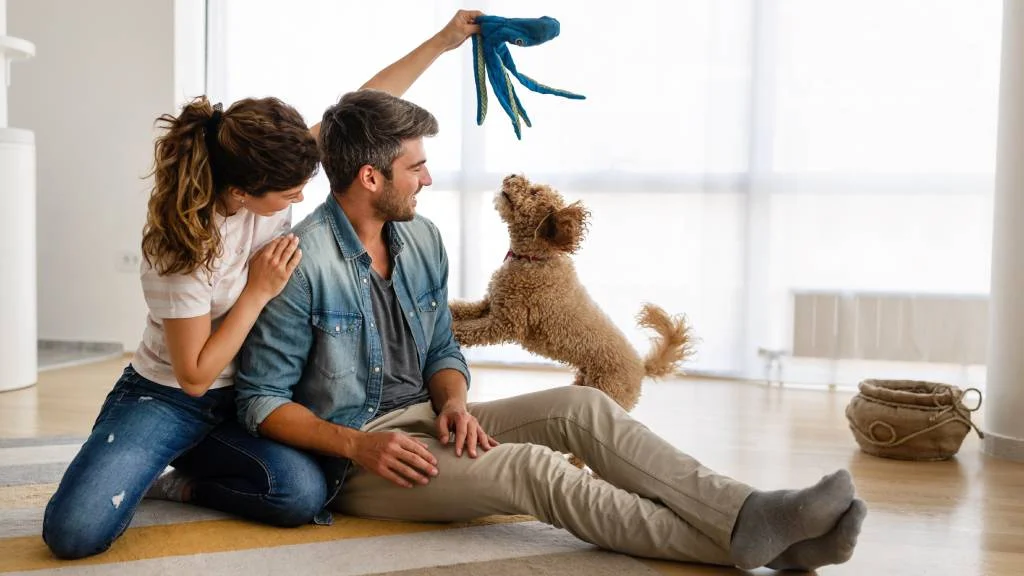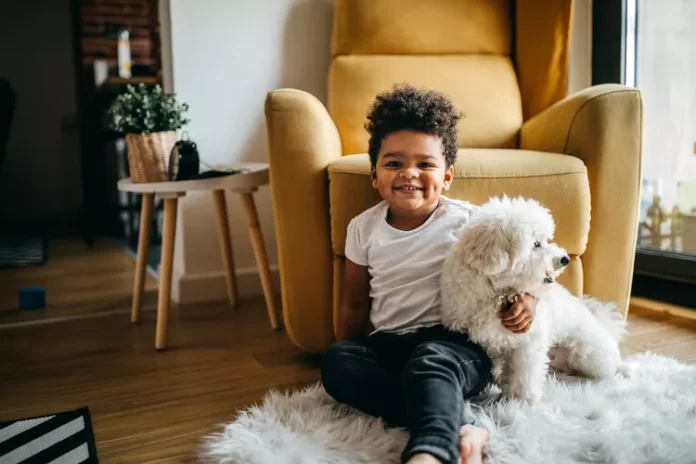Relationships between there is growing evidence that pets, specifically dogs, are beneficial to children. This helps convince their parents to adopt one; however, building an instantaneous positive bond doesn’t happen instantly; adults can play an integral role in encouraging this long-term bond and reaping other advantages that come from owning one themselves. relationships between
Children Can Benefit From Owning Pets for Educational Purposes
C.S. Mott Children’s Hospital conducted a poll that revealed nearly two-thirds of families have at least one pet: 76% dogs; 41% cats; 24% fish, birds and reptiles; 9% small mammals such as rabbits or guinea pigs are the most popular choices among parents who got pets for their child; 63% stated it provided fun companionship while 57% saw responsibility-building benefits as additional advantages of keeping an animal around2. Beyond companionship alone, pets have many additional advantages; these benefits for kids include:

Improve Emotional, Psychological, and Physical Health
Satisfaction in relationships
Companionship, Respect and Loyalty; Love, Empathy and Compassion
How to Introduce a Pet to Children
Anytime you introduce a pet to a child, you must always monitor how they interact. Children under the age of three should never be left alone with an unfamiliar pet until both parties involved can be ensured their safety; this is particularly relevant with younger children as many pets can bite unintentionally while children could become too rough and possibly harm it if unsupervised by adults.
Ask your child to sit quietly on the chair or couch and allow their pet to come over or hold it so they can talk and pet it. Have your child give the pet food or treats either from hand, on floor or both in order to reinforce positive reinforcement for the experience for both parties involved. Observe both parties to observe any aggressive or rough interactions and address these as needed.
Tips for Teaching Children Responsibility with Pets
Rewarding children who take proper care in caring for their pet is an excellent way to instil responsibility and reinforce responsible behavior. Positive reinforcement, small prizes, or even monetary rewards for children of an appropriate age are great ways to teach your children about being responsible pet owners. Setting daily or weekly pet “chores” on a chart where children can mark completed tasks also serves as motivation and reminder of their responsibilities; you should always ensure assigned tasks are fulfilled on time so your pet doesn’t suffer in its care as a result of negligence on their part if necessary! As adults we should ensure these tasks are fulfilled so their pet doesn’t suffer because of neglect on our part!
Employing your child as part of training their pet can bring many advantages for both parties involved, particularly your child and its animal companion. Experimentation, confidence building when successful and creating long-term bonds between children and animals are well worth the time spent learning positive reinforcement techniques and working together on training them together. While dogs tend to make excellent trainees, cats, fish, rabbits and other pets are trainable as well, so consider seeking information regarding training your specific animal to increase its bond with children.
The 5 Best Hamster Foods of 2024
How to Foster a Positive relationships between Pets and Children
Children who feel safe and connected with their pet are likely to form positive associations between the two of them. To make sure that this happens for everyone involved, however, implement safeguards and boundaries for both sides.

Create a Safe Space for Your Pet
Make sure your pet has somewhere they can retreat if they’re bothered by children, and teach your children to respect this spa ce. This could include a dog crate, cat tree, rabbit house or another type of shelter depending on your home and type of pet.
Create Rules to Manage Pet and Child Interactions
Establish clear ground rules and help your child understand warning noises and body language from their pet, such as growls or hisses. Children may not understand what a hiss means unless someone explains this beforehand.
Teach Your Children About Pet Communication
Before bringing an animal home, it’s essential that all family members understand its body language, communication signals and routine behavior. Consulting a veterinarian who specializes in those types of animals is an invaluable way of getting an idea of normal behaviors; setting everyone up for success and increasing chances of long-term bonds between animal and owner will only serve to strengthen that bond further.
relationships betweenrelationships betweenrelationships betweenrelationships betweenrelationships between

